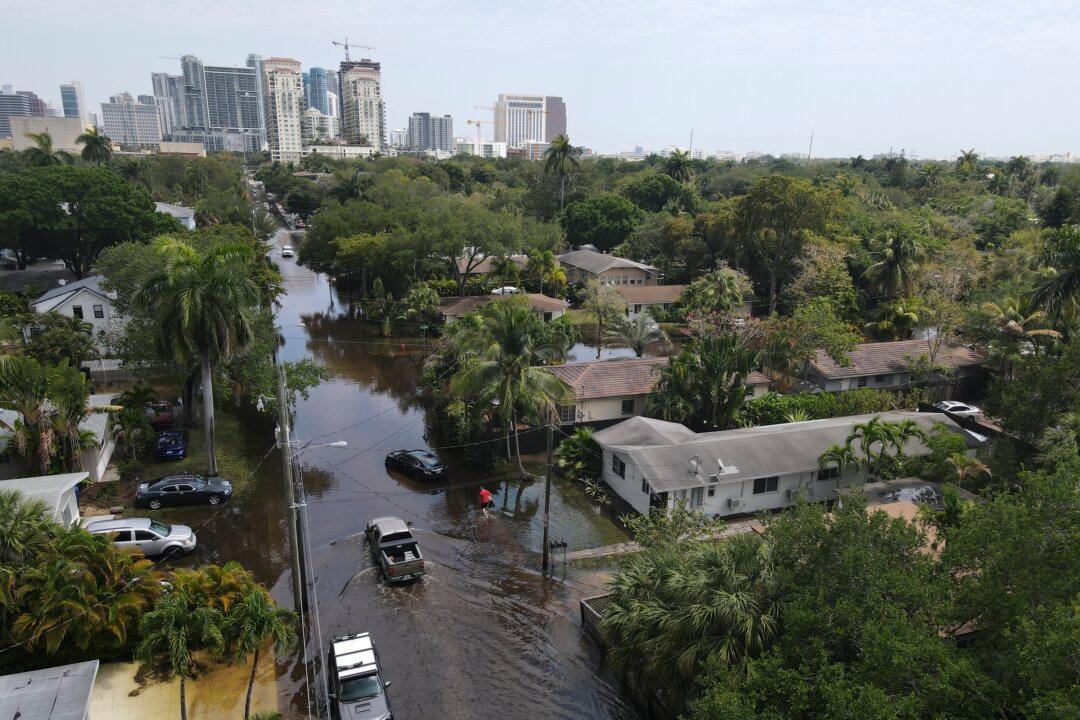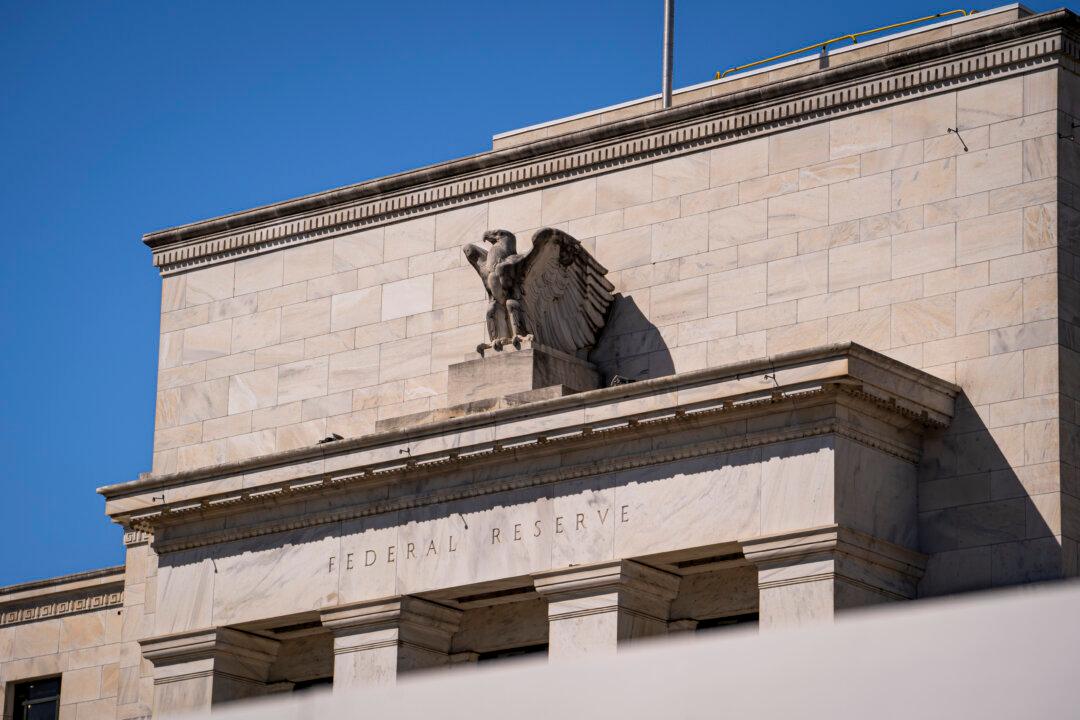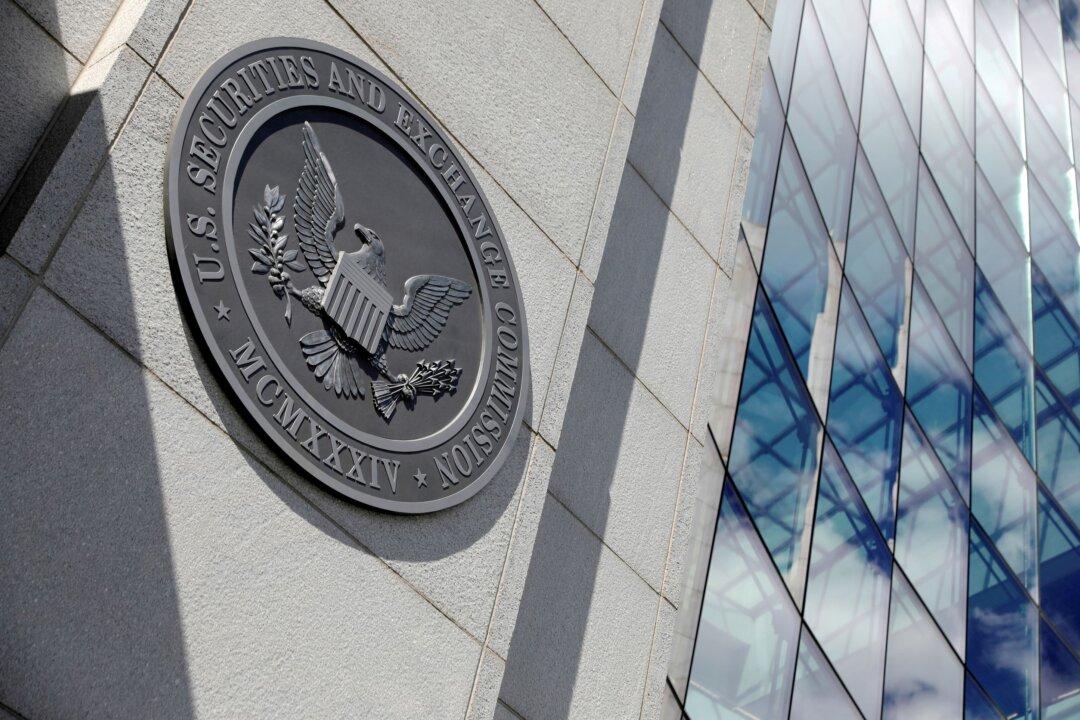Dave Burt, CEO of DeltaTerra Capital and renowned “Big Short” investor who foresaw the 2008 housing crisis, has voiced his concern over a potential repeat of the crisis. His worry is centered on what he sees as an underestimation of the systemic risk flooding poses to the mortgage market.
Burt’s successful prediction of the subprime mortgage crisis and his consequent financial gains while at New York’s Cornwall Capital were documented in Michael Lewis’s bestseller, The Big Short. This work of nonfiction highlighted the events leading to the 2008 economic meltdown.




